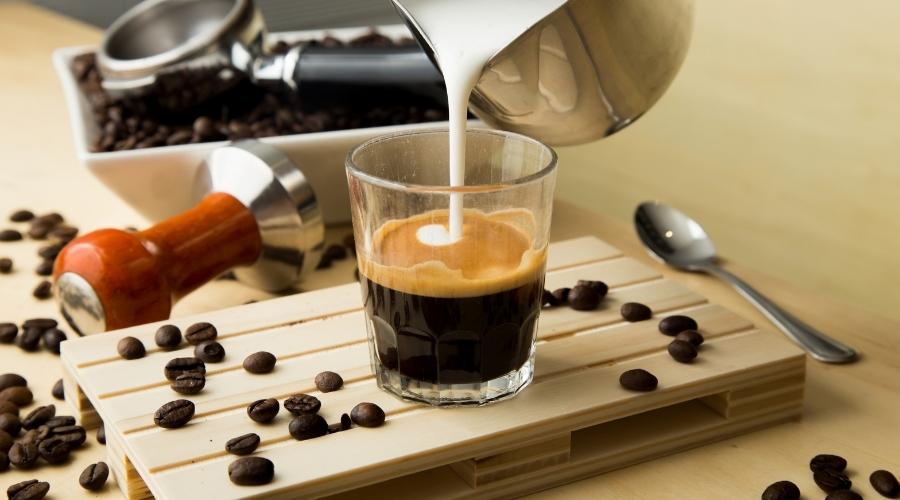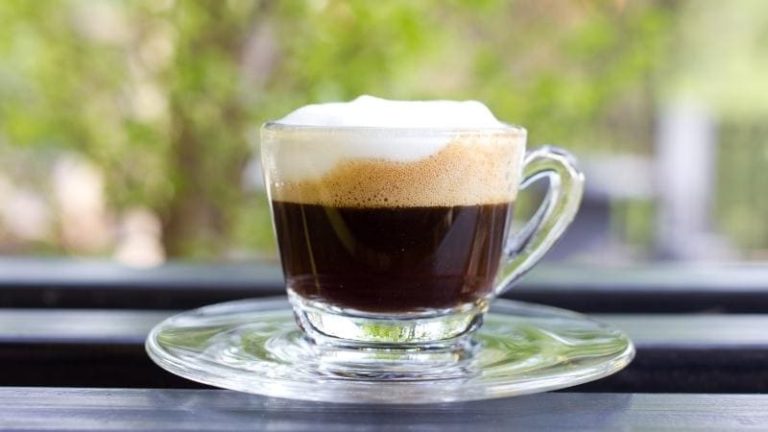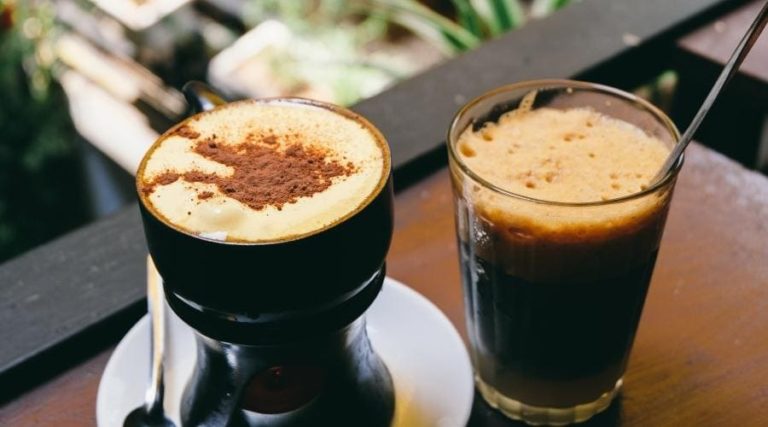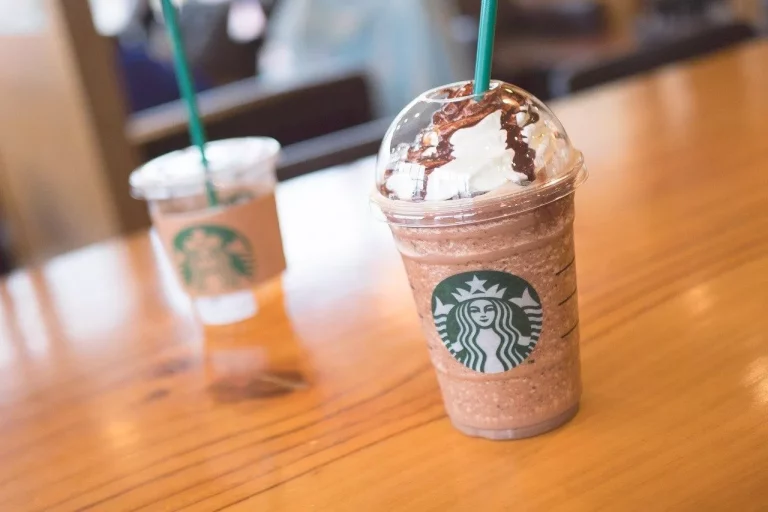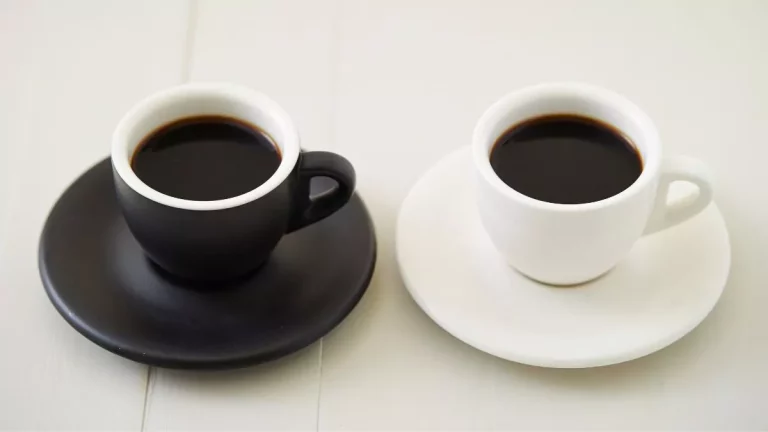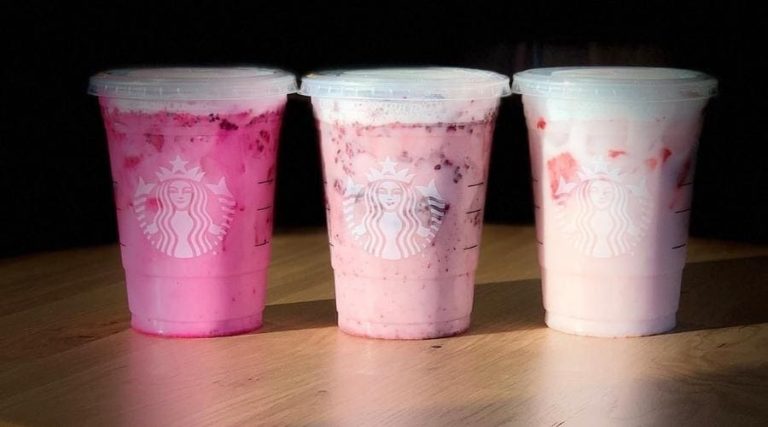At the top of the caliber of the best coffees in the world is Cuban coffee. And at the core of Cuban coffee are the two iconic varieties: cortadito and colada.
The terms Cortado and cortadito are often used interchangeably, but are they one and the same thing?
Colada Vs Cortadito
Cortadito contains milk while a colada does not have milk. In fact, A cortadito is made with milk and espresso while a colada is basically sweetened espresso.
But there’s more…
A colada is a social coffee. It comes in a large styrofoam cup, and it is supposed to be served into smaller plastic cups for sharing.
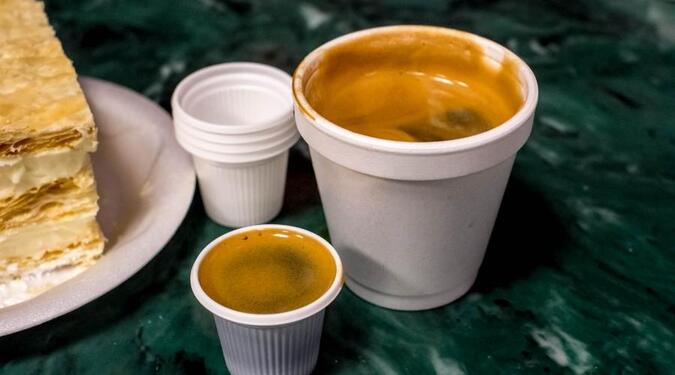
A cortadito, on the other hand, always comes in a small cup with sugar already added in it.
How Much Caffeine In Colada Vs Cortadito
The amount of caffeine in a colada coffee or cortadito depends mostly on the brand of coffee you use. Generally, Cuban coffee carries 484mg of caffeine per 8 ounce, which translates to 60mg of caffeine per shot of espresso.
The only caffeine present in a cortadito is in the espresso portion, as milk does not have any caffeine.
Cortadito vs Cortado
The main difference is that cortado is a Spanish/Portuguese drink while cortadito is a Cuban drink. However, both drinks use the same portions of milk and espresso.
Is A Cortadito Same As A Latte?
The café latte and the cortadito are prepared almost the same way: by topping a double shot of espresso with steamed milk. However, these are two different drinks with two different backgrounds and traditions.
The cortadito is a Cuban beverage brewed with equal amounts of espresso and milk, while the latte is an Italian drink traditionally served for breakfast in a tall glass. The amount of steamed milk in a latte is typically higher than that of a cortadito – up to 4 times as high.
Colada vs cuban coffee
As you have probably already deduced by now, the colada, cafecito, and cortadito are all different types of Cuban coffee.
Cuban coffee (aka café Cubano) refers to a sweet coffee drink made with dark, potent espresso roast. A basic Cuban coffee is called a cafecito.
The issue with a cafecito is that it can be too bitter for some people to handle, which is why it is sometimes sweetened with the sugar mixture affectionately known as espumita. When this happens, the result is a completely different drink: the colada.
Colada Explained
A colada coffee (not to be confused with Pina colada, the cocktail) is an extremely strong, sweet coffee brewed in a stovetop espresso brewer and then served into a large styrofoam cup.
One styrofoam cup can hold up to 4-6 servings. Don’t gulp it all down though; a colada coffee is meant to be shared. Pour it into small plastic cups and share it with your friends.
If you’re wondering what makes the colada so unique, it’s because it is made with high quality Arabica beans from Cuba.
The frothy espuma is an important component of the colada. It is made by vigorously mixing sugar and freshly brewed coffee until frothy. Traditionally, particularly in the 60s, baristas preferred brown sugar over white because brown sugar was more available and it didn’t have to be granulated.
The Moka pot is the equipment of choice when brewing a colada coffee the traditional way. Virtually every household in the Caribbean has a Moka pot.
The pot works by forcing pressurized steam through your coffee grounds during the brewing cycle, resulting in dark, strong coffee. The pot is great with Cuban coffee beans that are finely ground. You can also use an espresso machine if you don’t have a Moka pot.
How To Make A Colada
Ingredients
- 1/4 cup granulated sugar
- 4 tablespoon finely ground Cuban coffee
Equipment
Directions
- Prepare the sugar and finely ground espresso.
- Put water into the Moka pot until full then add the 4 tablespoons of espresso. Place the pot over moderate heat
- Bring the espresso to a boil. Scoop half a tablespoon of the steaming coffee and pour it over the sugar in the cup.
- Using a whisk or a spoon, stir the espresso and sugar together until they form a beige mixture. Don’t worry if the mixture seems too dry. Set it aside.
- Once you are done brewing, transfer the hot coffee into the cup of sweetened espresso. Stir well with a spoon until all the sugar granules are dissolved or a light crema is formed at the surface.
- Serve into smaller cups and share with your company!
Cortadito Explained
Also based on Cuban beans, a cortadito is an espresso made with one shot of sweetened espresso and one shot of steamed milk.
The cortadito was invented in Spain, and it was designed to dilute the strong, sour taste that a typical espresso often leaves behind. Milk is added to the espresso to counter the bitter taste. The ratio of espresso to milk can range from 50:50 to 75:25.
How To Make A Cortadito
Ingredients
- 2 ounces milk
- 2 shots espresso
Equipment
- Espresso machine
Directions
- Prepare two shots of espresso. Using an espresso machine and finely ground coffee beans, extract two shots of espresso into a 4-ounce cup or Gibraltar glass.
- Steam the milk. Steam four ounces of milk. You’ll actually only need two, but frothing less than four ounces is hard without burning the milk.
- Pour two ounces of the steamed milk over the espresso in the cup. Enjoy!
Cortadito Coffee Variations
There are several variations of the popular cortadito coffee:
1. Gibraltar coffee
When a cortadito is served in a Gibraltar glass, it is referred to as a Gibraltar. The term was popularized in 2005 by a San Francisco-based coffeehouse, the Blue Bottle Coffee Company.
2. Macchiato
A macchiato is an Italian espresso with a spot of steamed milk. Macchiato means stained, spotted, or marked in Italian, so the coffee is only spotted by the milk, rather than being diluted like we do with the cortadito.
3. Café Con Leche
Café con Leche is another popular Cuban coffee. Like the cortadito, this drink is also made with milk and espresso. The main difference is the ratio of espresso to milk, which is 80:20 in a café con Leche and usually 50:50 in a cortadito.
A café con Leche is extremely sweet. A pinch of salt is also added to accentuate the sweetness.
4. Cappuccino
A proper cappuccino uses the same ratio of espresso to milk as the cortadito, but it is typically served in slightly larger ceramic mug.
The difference between a cartadito and a cappuccino is that the milk in a cappuccino is a bit cooler in temperature. This is because the cappuccino is designed to be drunk right away, not waiting for it to cool down.
5. Flat white
A flat white is also built like a cortadito, but the milk has a different texture. When making a flat white, the milk is steamed in a way that results in a more velvety consistency.
The flat white was introduced in the US in 2015 by Starbucks, but it was already popular among the Kiwis and Aussies before that.
How to Order the Different Types of Cuban Coffee
There are four main types of Cuban coffee: the cafecito, colada, cortadito, and café con Leche. Here’s how to order the different variations like a local.
1. Cafecito
Ask for “un cafecito” and you will get one and a half ounces of Cuban coffee set in a cup and saucer. A proper cafecito should be sweet and covered with a rich, creamy froth at the top. Careful; the froth will cling to your mustache when you take a sip.
2. Colada
If you are looking for a strong afternoon beverage to share with your companions, order “una colada” and the waitress will come with a large styrofoam cup of sweet, steaming Cuban coffee.
3. Cortadito
The cortadito is the perfect way to end the day. It is also packed with steamed, whole milk, which makes it a great dessert.
To order this coffee without earning strange looks, simply ask for a “cortadito” or “cortadito con evaporada,” which uses steamed, evaporated milk.
4. Café con Leche
The strong concentration of caffeine in a café con Leche makes it the ideal hangover cure. Personally, I believe it’s what they had in mind when they said “wake up and smell the coffee.”
When ordering a café con Leche, you can have it either clarito (light), oscurito (dark), or mediano (middle) depending on how much caffeine you want in your drink.
Add a pinch of salt to enhance the sweet flavor and drink it like the pros!
Final Thoughts
I’ve never quite been the maestro of coffee brewing, but I’ve found that my yearning for quality coffee keeps pushing me to an insatiable and exigent quest for the best. So when I was acquainted with the elegant cortadito and the colada on a recent trip to Miami, it was like being reintroduced to coffee all over again.
Some people tend to confuse a colada coffee with a cortadito, and well, If you are in Miami where there are more Cuban Americans, order a cortadito and you’ll make new friends in no time.
To sum up, there are several differences between a colada coffee and a cortadito, but they are both based on the same strong, high-quality Cuban coffee. A cortadito is meant to reduce the bitterness in espresso without eliminating its flavor. What really distinguishes a cortadito from Italian espresso beverages is the un-textured milk.
Drinking a colada, on the other hand, is a social activity. It is less about keeping yourself alert for the afternoon shift and more about slowing down and catching up with your friends.

